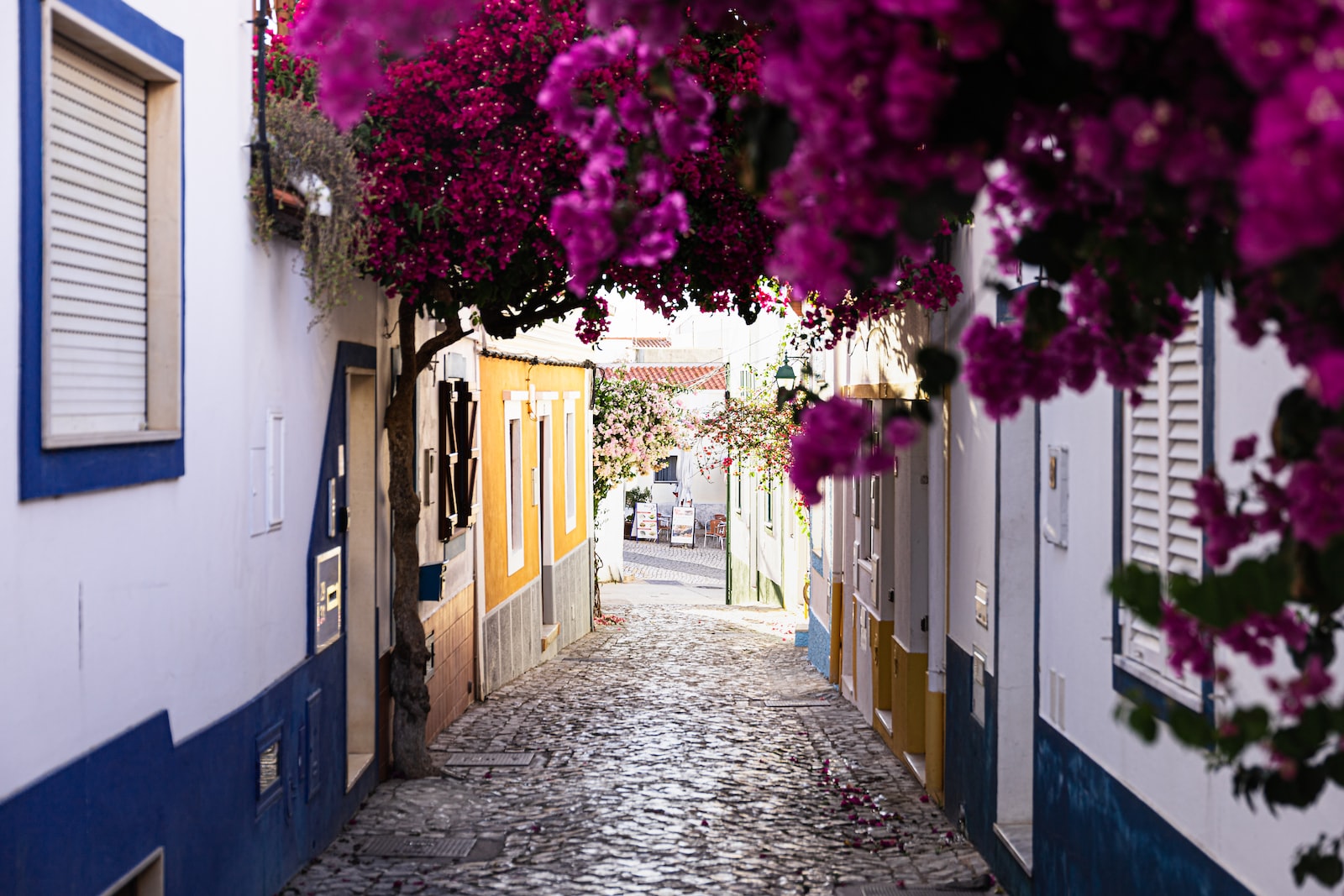Cây hoa giấy là loại hoa có nét đẹp giản dị, ngoài ra nó còn có tên gọi khác là cây bông giấy hay móc diều (tên khoa học là Bougainvillea spectabilis, tên tiếng Anh là Bougainvillea, Paper Flower), loài hoa này thuộc họ thực vật Nyctaginaceae. Tên của loài hoa này được đặt dựa trên đặc điểm bên ngoài của nó, đó là nét đẹp mỏng manh nhưng kiên cường bởi sức chịu hạn khá tốt, cho hoa quanh năm; hơn nữa cánh hoa của loài hoa này trông khá giống những tờ giấy mềm mại, mỏng manh.
Theo nhiều nghiên cứu thì hoa giấy có nguồn gốc từ Brazil (Nam Châu Mỹ) và sau này du nhập đến các nước khác đặc biệt là những nước có khí hậu nhiệt đới (cây dễ thích nghi) và lai tạo ra nhiều loại khác (hoa giấy Thái Lan, hoa giấy Mỹ,…). Bởi nước ta cũng nằm trong vùng khí hậu nhiệt đới nên rất dễ dàng trồng và được trồng ở nhiều nơi trên cả nước để làm cảnh, lấy bóng mát (làm thành giàn cho cây leo),…
The first European to describe these plants was Philibert Commerçon, a botanist accompanying French Navy admiral Louis Antoine de Bougainville during his voyage of circumnavigation of the Earth, and first published by Antoine Laurent de Jussieu in 1789.[3] It is possible that the first European to observe these plants was Jeanne Baret, Commerçon’s lover and assistant, who was an expert in botany. Because she was not allowed on ship as a woman, she disguised herself as a man in order to make the journey (and thus became the first woman to circumnavigate the globe).[4]

Bougainvillea glabra in Kerala
Twenty years after Commerçon’s description, it was first published as ‘Buginvillæa’ in Genera Plantarum by A. L. de Jussieu in 1789.[5] The genus was subsequently spelled in several ways until it was finally established as “Bougainvillea” in the Index Kewensis in the 1930s. Originally, B. spectabilis and B. glabra were undifferentiated until the mid-1980s when botanists classified them as distinct species. In the early 19th century, these two species were the first to be introduced into Europe, and soon, nurseries in France and Britain sold these varieties in Australia and throughout their former colonies. Meanwhile, Kew Gardens distributed plants it had propagated to British colonies throughout the world. Soon thereafter, a crimson specimen in Cartagena, Colombia was added to the genus descriptions. Originally thought to be a distinct species, it was named B. buttiana in honour of the European who first encountered it. However, later studies classified it as a natural hybrid of a variety of B. glabra and possibly B. peruviana – a “local pink bougainvillea” from Peru. Natural hybrids were soon found to be common occurrences all over the world. For instance, around the 1930s, when the three species were grown together, many hybrid crosses were produced almost spontaneously in East Africa, India, the Canary Islands, Australia, North America, and the Philippines.

